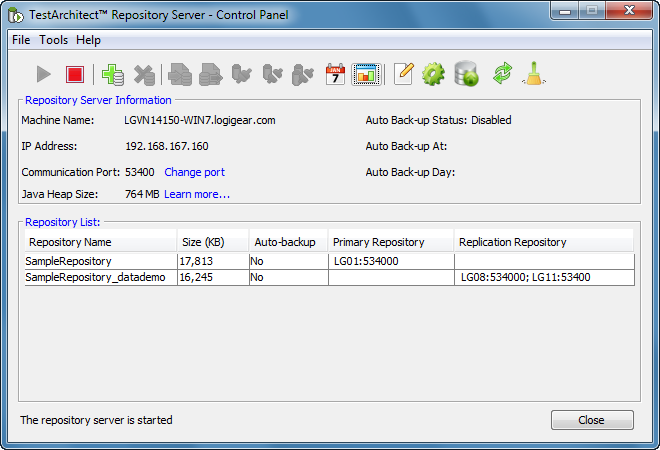
Free password repository password#
The very best ones offer a password strength report that eases the process of identifying and fixing poor passwords.įilling in usernames and passwords automatically isn't so different from filling in other sorts of data in web forms. But where do you get those strong passwords? Most password managers can generate strong passwords for you and many let you take control of things like password length, and which character sets to use. The point of adding a password manager to your security arsenal is to replace your weak and duplicate passwords with strong, unguessable passwords. Otherwise, you have to go through the password capture process again for each candidate. If you're thinking of making such a survey, look for products that can import from other password managers.
Free password repository free#
One great thing about free password managers is that you can try several and find out which one you like best. The real benefit of having your password manager on your phone is that you can use it to autofill credentials for any mobile apps you use. Some keep your data entirely local, syncing between databases on different devices without keeping anything in the cloud. Most password managers use encrypted cloud storage to sync between devices. Many of us are just as likely to log into a secure site from a mobile device as from a desktop computer, so it's vital to find a password manager that syncs your credentials between all your devices. Another handy (and common) feature of most of these browser extensions is that clicking an entry directly navigates to the site and logs in. If you have more than one set of credentials, you can choose which one to fill. When you revisit a site, most password managers can automatically fill in the saved data. Allowing access only from registered, trusted devices is yet another form of multi-factor authentication. Some password managers rely on mobile authenticator apps others use SMS-based methods or hardware security keys to authenticate. Multi-factor authentication could be biometric, requiring a fingerprint, facial recognition, or even voice recognition. Setting up multi-factor authentication is another way to mitigate the risk of possible attacks. Store your master password in a secure place or risk permanently losing access to your password manager. On the flip side, it is unlikely you can recover it. This password is used to encrypt the contents of your password vault, so it needs to be as strong as possible. That's where your master password comes in. When you put all your passwords into one repository, you'd better be extremely careful to protect that repository.

Quite a few password managers offer free tiers for their popular services. The potential hit, financial and otherwise, that could result from using weak passwords could cost you plenty. What's that, you say? You can't afford to buy yet another security tool? In truth, you can't afford not to.

That's why you absolutely need a password manager. In fact, the average US internet user is locked out of 10 accounts per month. I know there's no way you can remember dozens of strong passwords. The only solution is to use a different password for every account and make them long and random.



 0 kommentar(er)
0 kommentar(er)
